Take it all in. Then, make your mark, and respond to where it leads—even if you’re not sure it will work.
By Stanka Kordic
We all have our reasons for creating the art that we do, and I for one believe that variety of expression is a wonderful thing. As visual artists, we have a tangible way to reach out to people and offer up a viewpoint, an experience, a question, or possibly even an answer.
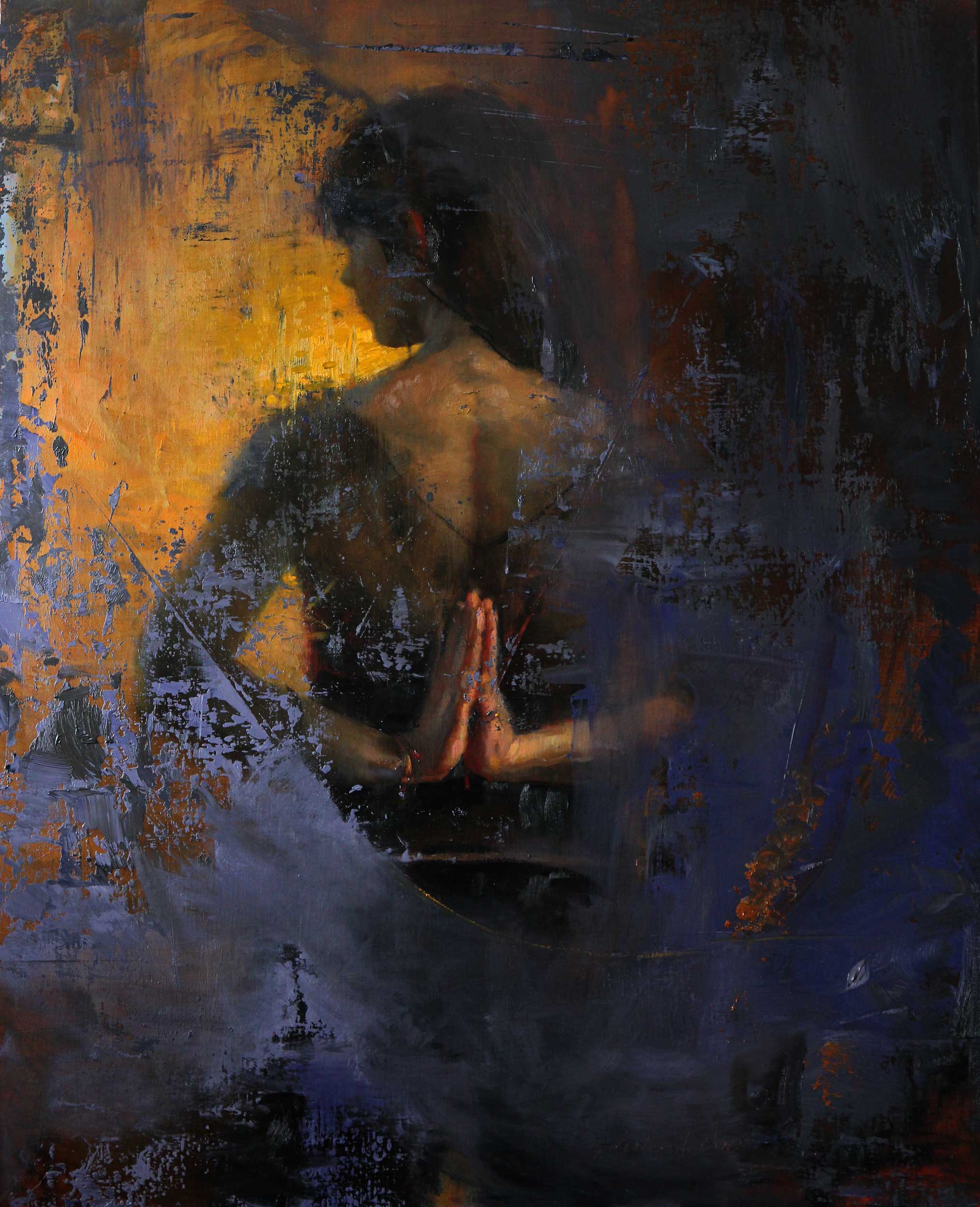
I like to roll it all together, literally in layers of discovery, with an open-ended result. This is why I am drawn to working abstractly within my representational painting. The unknown intrigues me.
I wasn’t always this way. In fact, I could have been a top-notch, strictly-representational painter if I stuck to my guns from the get-go. But I got restless. It wasn’t enough for me to view and record; in other words, to see with just my eyes. That skill took over 30 years to develop, and I was close to having it down pat. Then one day, it just wasn’t enough. Well, okay, it took more than one day.
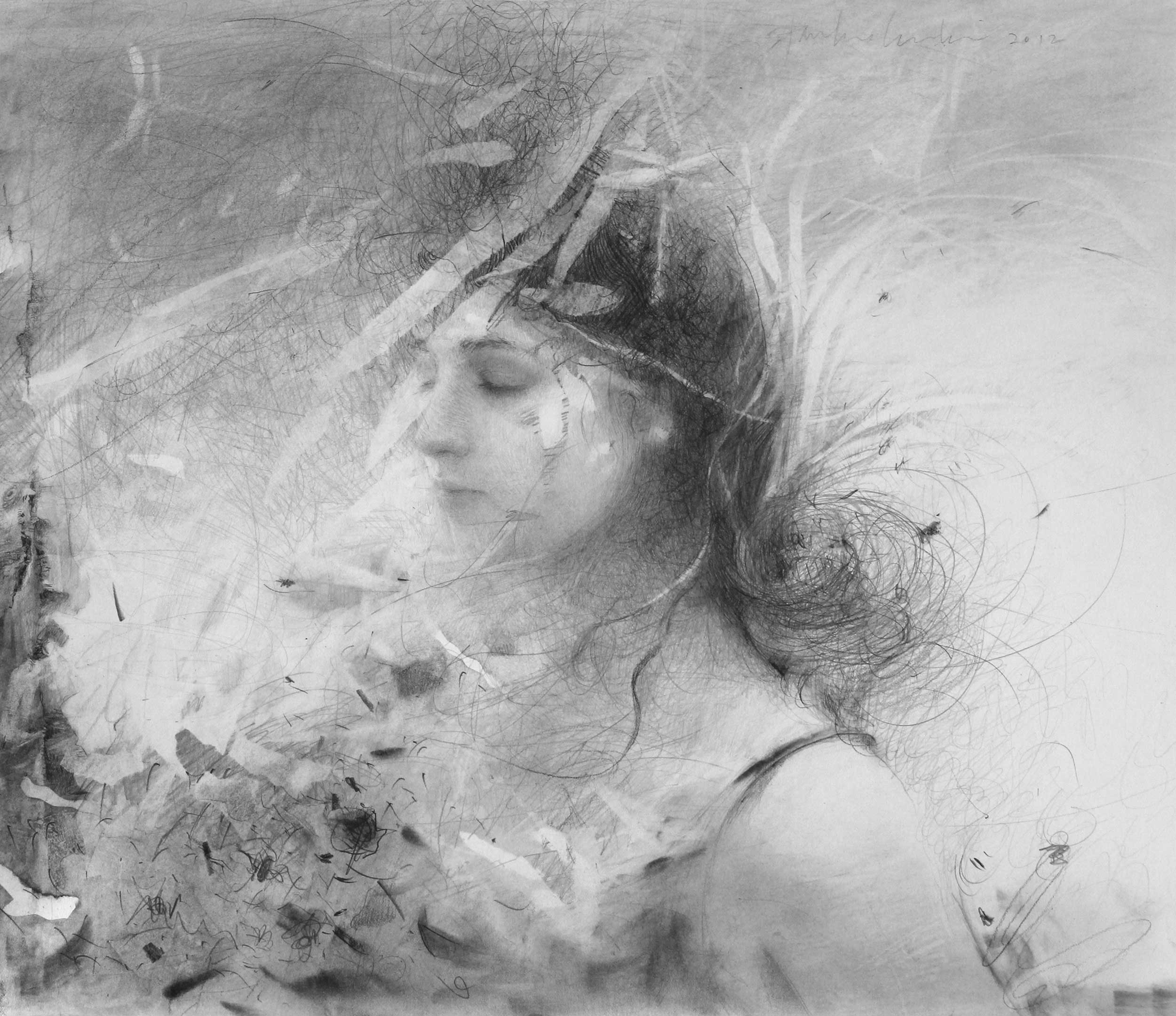
My fascination with non-objective painting goes way back. I attended the Cleveland Institute of Art for five years, and was exposed to many schools of thought—from learning the fundamentals, to conceptual ideas, and everything in between. I didn’t understand much of my education at the time, but I took it all in anyway. Something told me to stick with it, even when I had my doubts.
During that time, I spent a lot of time across the street at the Cleveland Museum of Art. I studied the work of Diebenkorn and other modernists as often as I did Rembrandt and the Impressionists. Their marks fascinated me. With the modernists, I saw that those sometimes simple marks held a fascinating abundance of possibilities as a language unto itself, but I never pursued it until recently. My brushwork then never went beyond a means to an end: to describe light, form, color and texture. Today, there’s no going back. The voice of the paint has become a part of the dialogue.
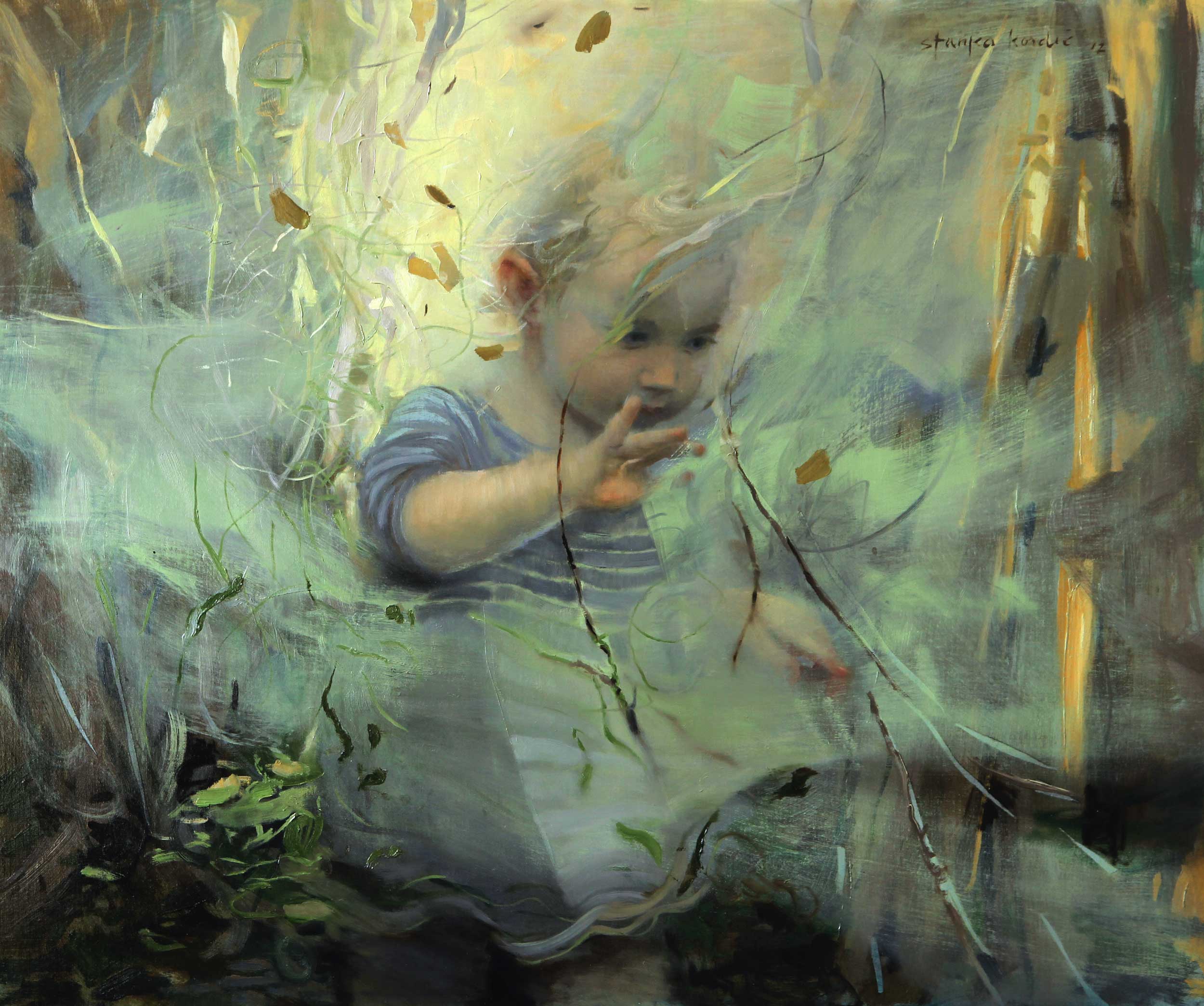
So why not defect and go to the other side? (tongue in cheek) Because I recognize the power of the human face.
I have great compassion for humanity, and there is no other way for me to express that than through a portrait or figurative work. I am making art to be shared. I use real people that I meet and come to know, and together we forge a connection to whomever stands before the piece. We create an experience, a moment with the viewer—maybe even more. The figure is the trigger to the familiar. They follow that person to more ambiguous passages within the painting. Then, something changes. A subtle shift that is actually felt, and not visible. Unique to each person.
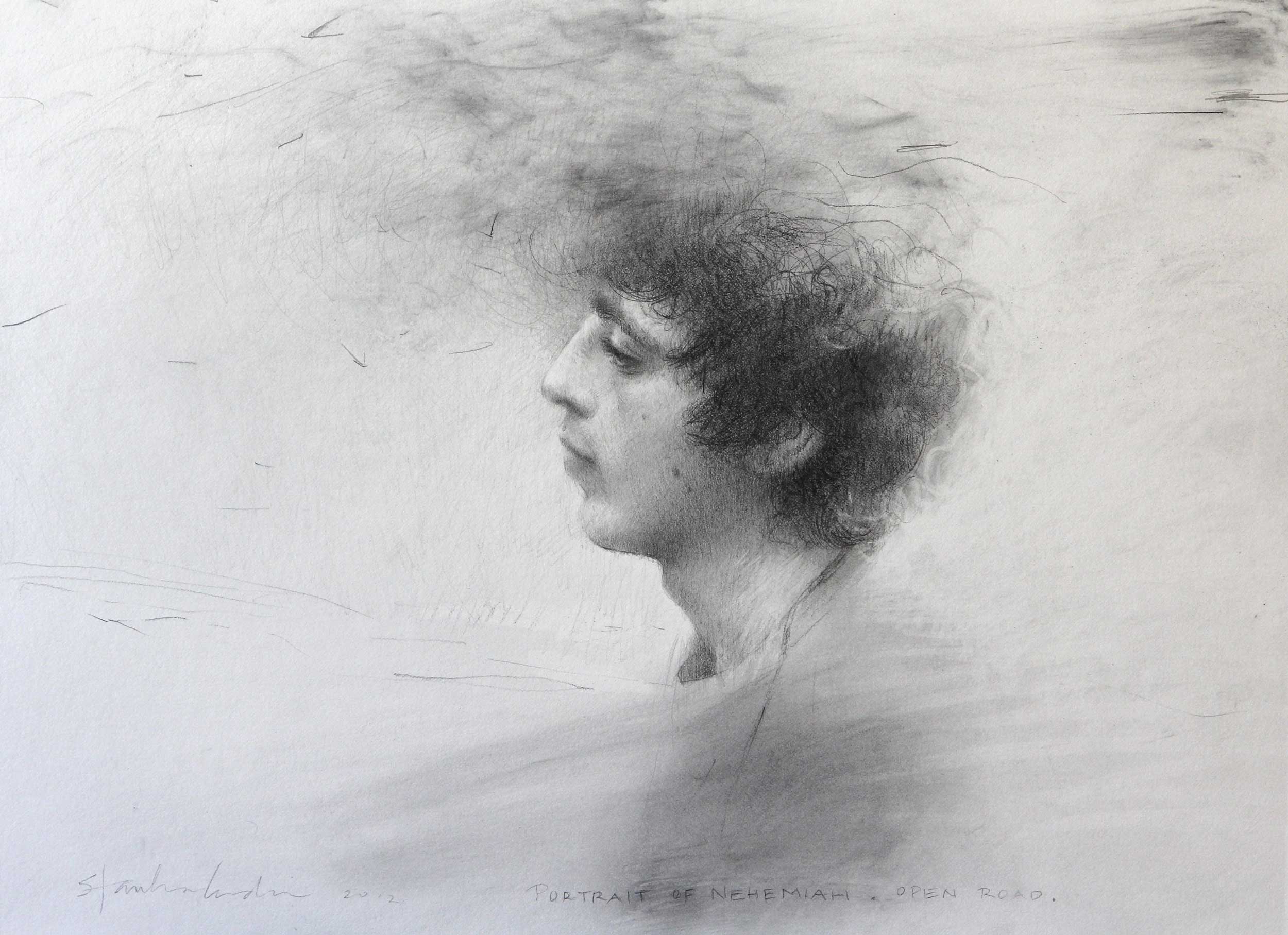
What I’ve noticed in my unscientific excavation of this process is that the abstracted marks cause a response in the brain when it is not describing something visual. (This is strictly my own experience. Not claiming an absolute.) An expansiveness occurs, and so many possibilities of seeing and feeling become apparent. Why not sit with a painting with multiple interpretations, which can include more than just a story to ponder; something that cannot necessarily be categorized, or even named?
To try to clarify, I’ll share a small bit of process with a piece I recently completed. First, I toned the canvas in a bright yellow, and after it dried I began the underpainting with burnt sienna. I then let that dry. I had the idea to begin the next layer with a cool color combination, in this case, Payne’s grey and white, to see how it would respond with the yellow. I laid it down with large, bold strokes. I then sat with it. I laid down some masking tape, and painted over that with the same mixture, plus a bit of viridian. I lifted the tape and studied the shapes that were made.
Okay, the figure began looking like a Smurf, but I didn’t panic. I chose instead to look at those strokes of color to see what I could do with them. I broke parts of it down into two- dimensional shapes to study. I flipped the canvas all around; I looked at it through a mirror to change the viewpoint. Then, insights slowly occurred from which I could move.
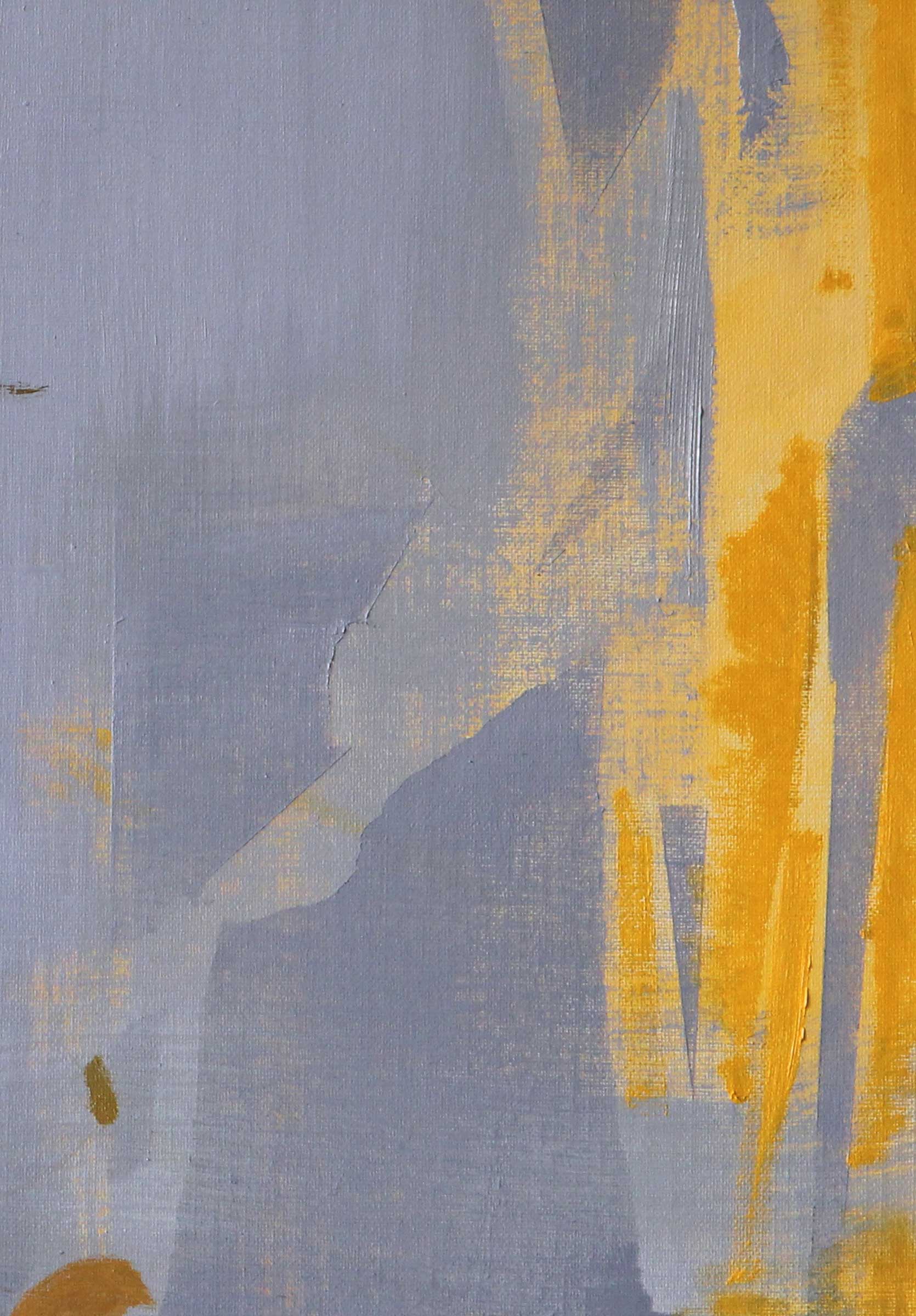
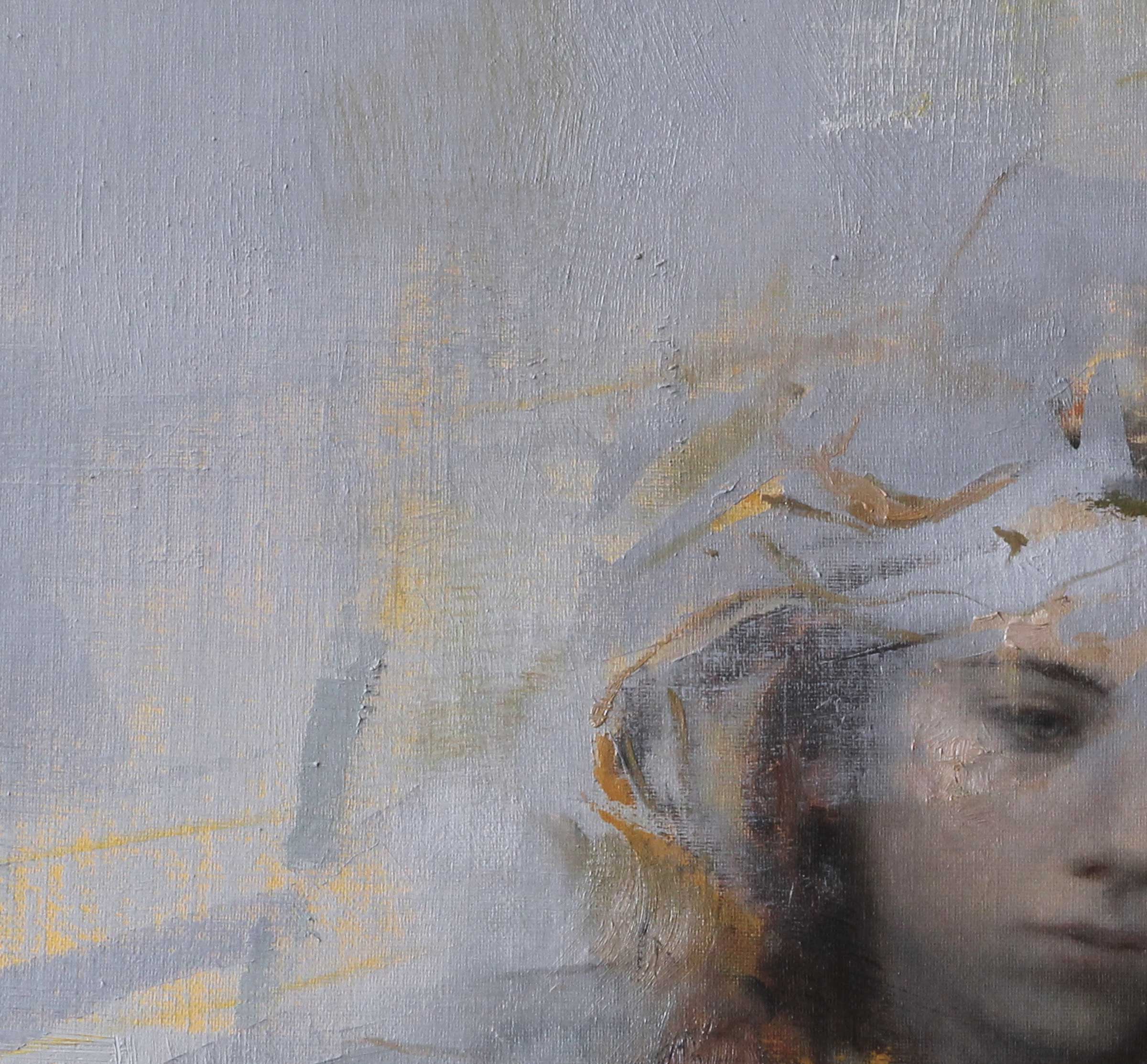
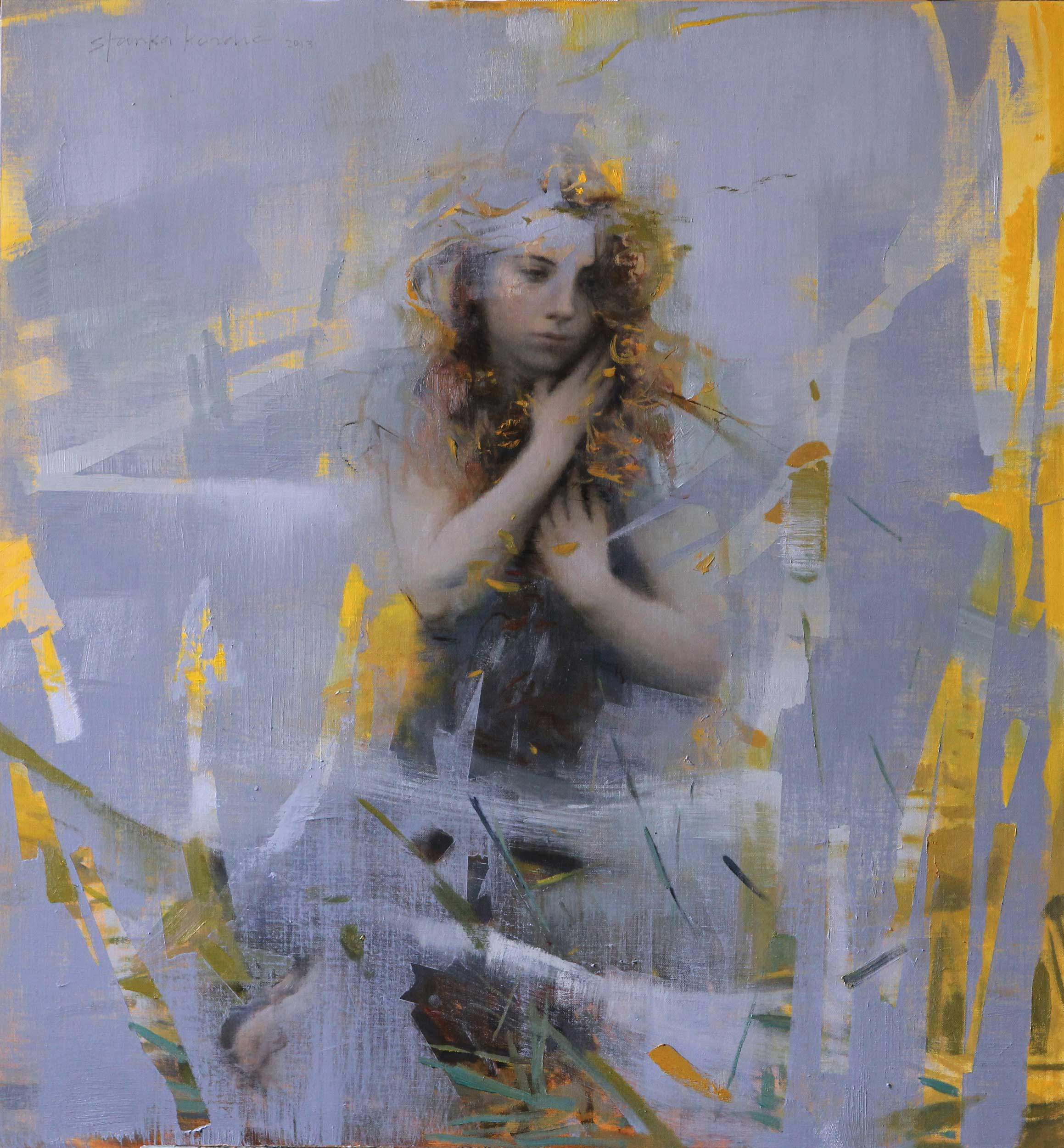
Sometimes these insights take the shape of using different tools to paint with: wider brushes than usual, using masking tape as a frisket, Plexiglas as a paint squeegee, spatulas, fingers, etc. I’ve tried a lot of things. The big part of this whole process is a lightness, a joy in the making. Somewhere along the trajectory of my own life as an artist, I lost a lot of that, and I wanted it back—that reckless abandon and sheer delight of just scribbling and moving without thinking so hard. This is true freedom, true creativity.
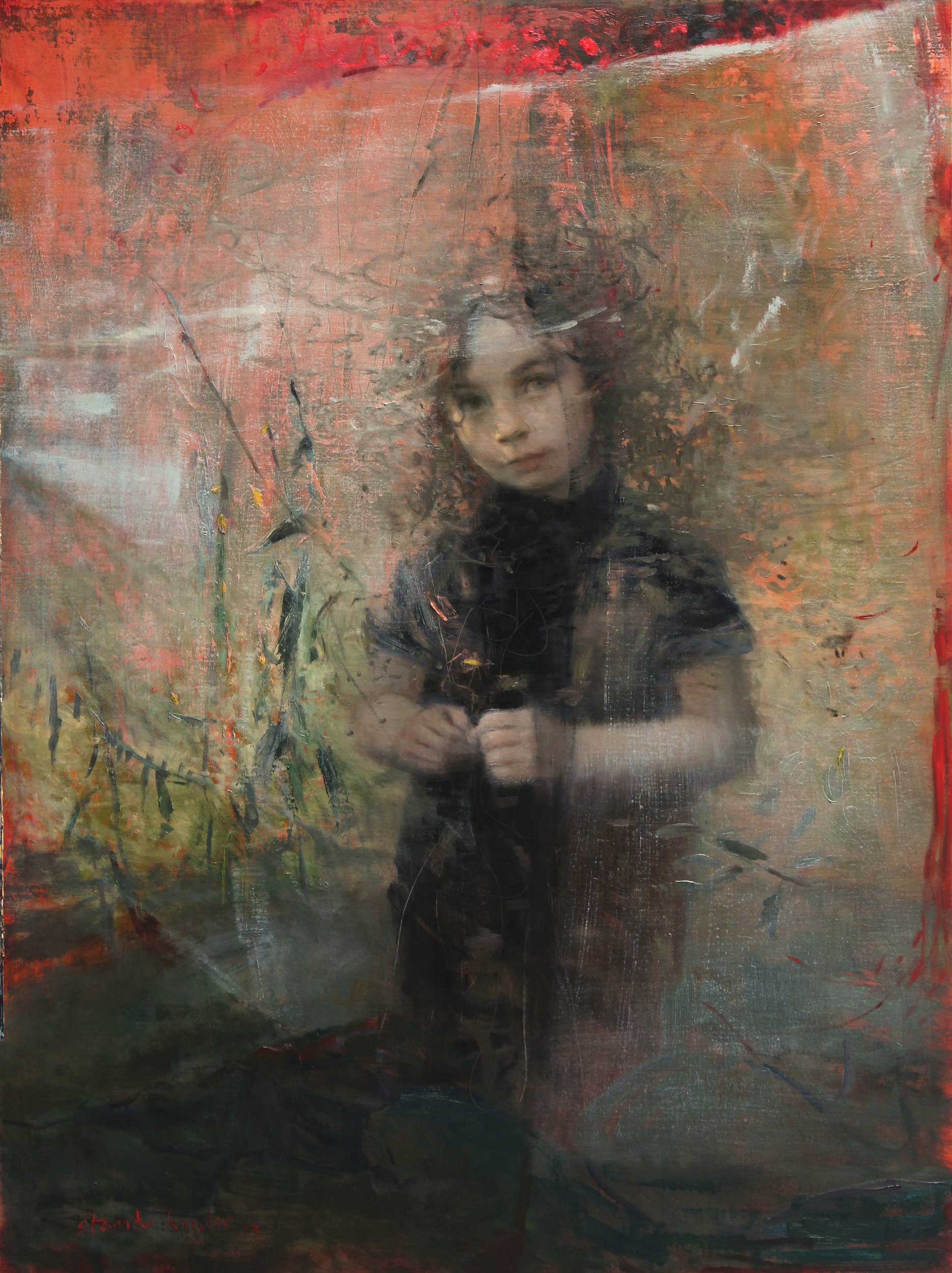
Glorifying the difficulty of working representationally doesn’t cut it for me anymore. I want joy to be the greater experience. And mystery. I want that for my viewers, too. It is of no interest to me to make them uncomfortable, to embarrass them, or to have them turn away with a yawn. I’m easy. How about a moment of calm in this already crazy world? Or, just simply appreciating how two color strokes look together, without having it describe a thing?
So, on we go. Building the painting bit by bit. Moments of untethered spontaneity combined with discipline and accuracy. Both camps coming together—in peace, most often.
Take time with your work. Appreciate every bit of the journey spent, and be gentle with yourself. It really is a privilege to create something that is shared, and a wonderful way to live. Respond to your own call.
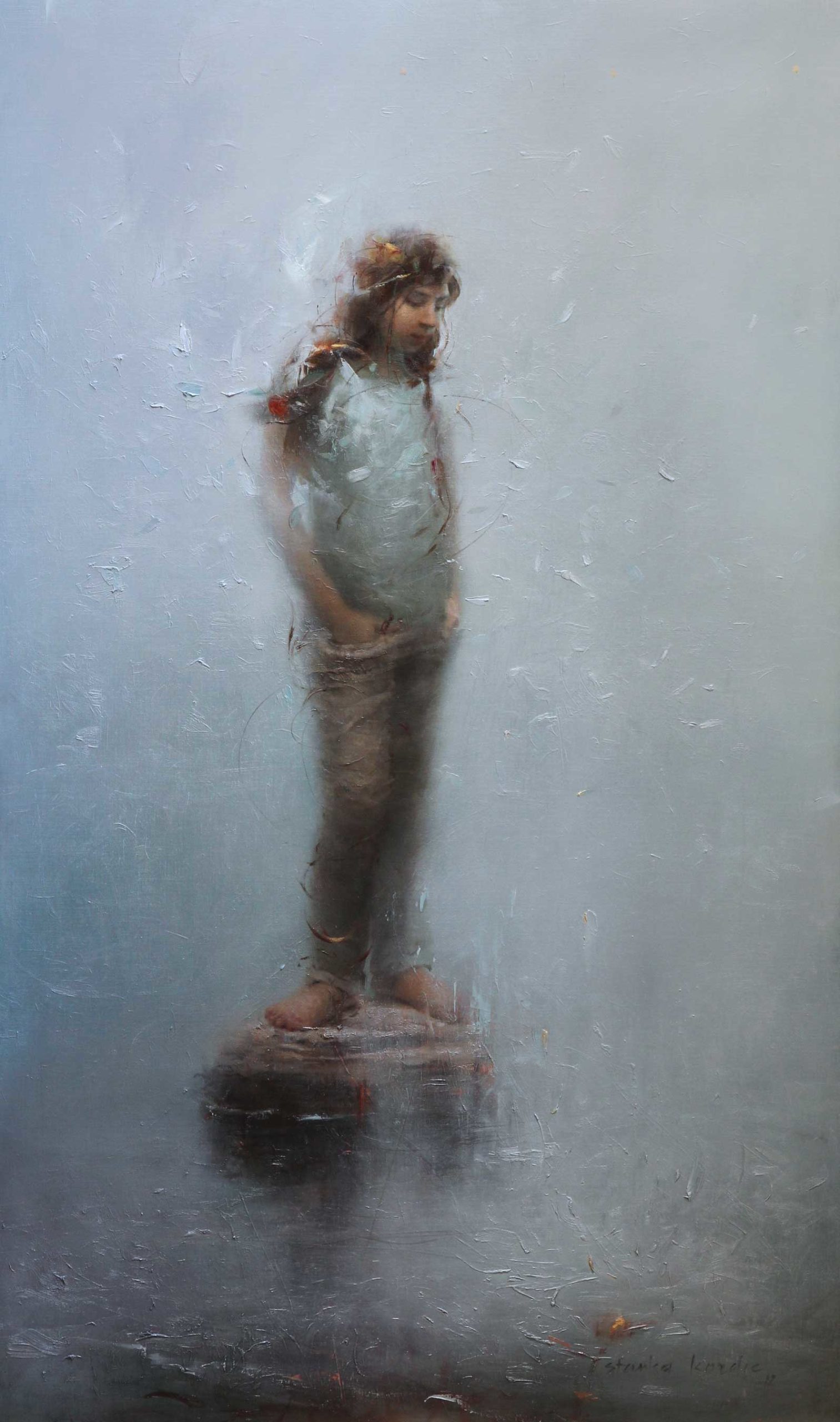
Learn more about Stanka Kordic at: www.stankakordic.com
Visit EricRhoads.com (Publisher of Realism Today) to learn about opportunities for artists and art collectors, including Art Retreats – International Art Trips – Art Conventions – Art Workshops (in person and online, including Realism Live) – And More!


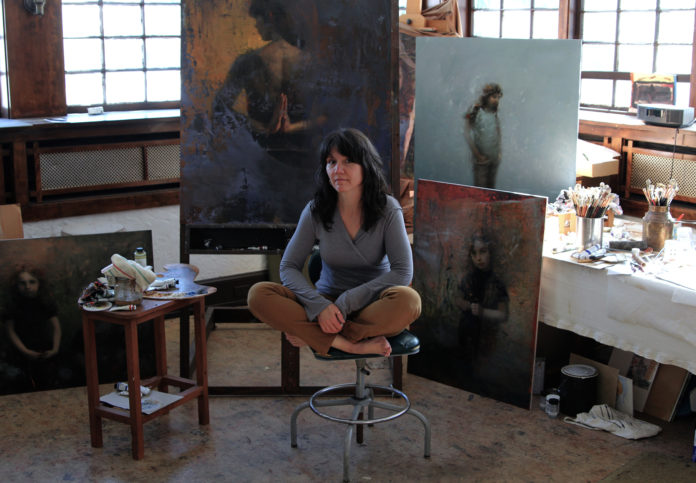

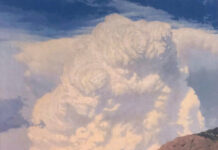
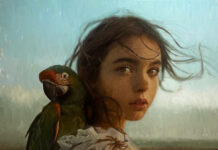
Stanka, you are a powerful writer as well. Thank you for the thoughts you inspired this morning!
KCooper
I appreciate that Karen, thank you!
Stanka, you just get better and better.
Comments are closed.